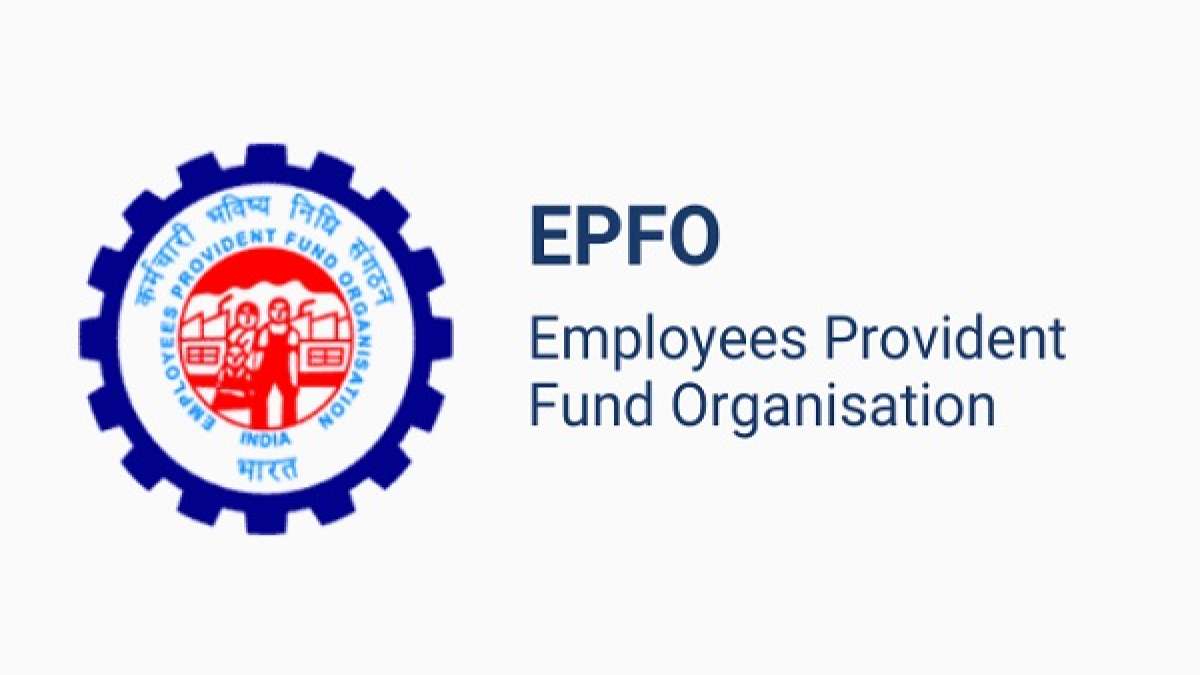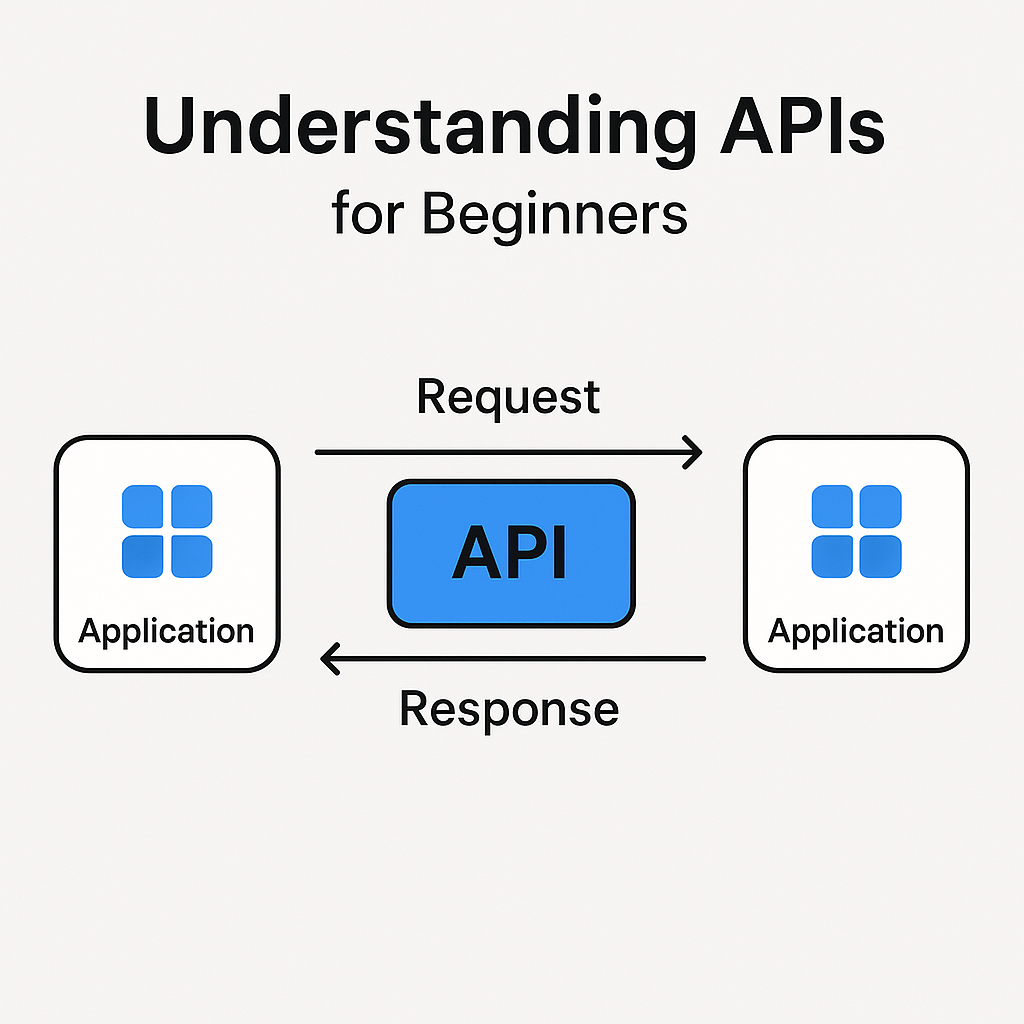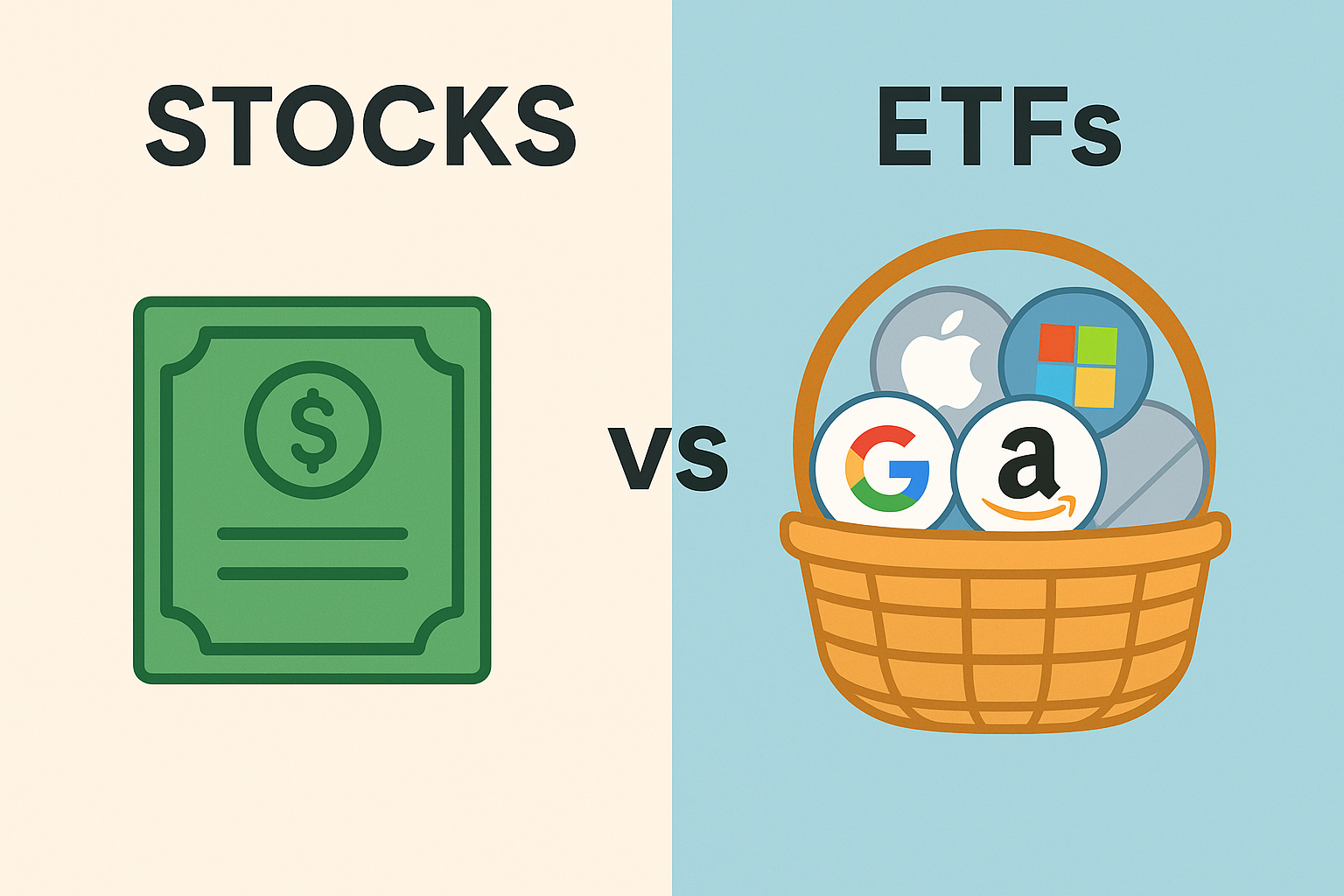Is EPF Still Tax-Free in 2025? Understand the Impact of Old vs New Tax Regime

Is EPF Contribution Tax-Free? Old vs New Tax Regime, Rules & More (2025 Guide)
EPF tax benefits:- Retirement planning often begins with the Employee Provident Fund (EPF) – a cornerstone of financial security for salaried employees in India. But with the evolving tax landscape, a pressing question arises: Is EPF still tax-free?
In this article, we’ll break down the taxability of EPF contributions under the old vs new tax regime, interest rules, withdrawal taxation, and strategic implications for your savings.
✅ What is EPF?
EPF (Employee Provident Fund) is a long-term savings scheme under the Employees’ Provident Funds and Miscellaneous Provisions Act, 1952, managed by the EPFO (Employees’ Provident Fund Organisation). Both the employee and employer contribute 12% of the basic salary plus DA (Dearness Allowance) each month.
🔍 EPF Contribution & Tax Benefits – Quick Overview
| Contribution Component | Tax Treatment Under Old Regime | Tax Treatment Under New Regime |
|---|---|---|
| Employee’s Contribution (up to ₹1.5L) | Eligible for deduction under Section 80C | Not eligible for deduction |
| Employer’s Contribution (up to 12%) | Exempt from tax | Exempt from tax |
| Interest on EPF (up to 8.5%) | Tax-free up to ₹2.5L annual contribution | Taxable above limits |
🏛️ Old vs New Tax Regime – EPF Impact Explained
🔵 Old Tax Regime
- Section 80C Deduction: Your contribution to EPF (up to ₹1.5L) qualifies.
- Employer’s Contribution: Tax-free up to 12% of salary.
- Interest Income: Tax-free up to contributions of ₹2.5L/year. If your own contribution exceeds ₹2.5L, interest earned on the excess is taxable.
Verdict: EPF remains largely tax-free under the old regime.
🟠 New Tax Regime
- No deductions allowed under Section 80C.
- Employer’s contribution is still exempt up to 12%.
- Interest earned beyond the ₹2.5L limit on employee contributions is taxable.
Verdict: EPF loses its traditional tax-saving edge, though it remains a disciplined savings tool.
🧮 What Is the ₹2.5 Lakh Interest Tax Rule?
As per the Budget 2021 changes:
- If the employee’s annual contribution exceeds ₹2.5L, the interest earned on the excess will be taxable.
- For cases where the employer does not contribute (like PPF), the limit is ₹5L.
👉 This rule applies irrespective of the tax regime but is more impactful under the new regime, where Section 80C benefits are gone.
📆 Taxation on EPF Withdrawal
| Withdrawal Condition | Taxable? |
|---|---|
| Withdrawn after 5 years of continuous service | Tax-free |
| Withdrawn before 5 years | Taxable, unless due to termination or medical reasons |
| Interest on pre-mature withdrawal | Taxable as income |
| TDS on withdrawal (above ₹50,000) if PAN not provided | 30% |
📉 Should You Switch to the New Regime If You Rely on EPF?
If EPF is a major component of your tax planning, the old regime still provides superior benefits. However, if you’re looking for simplified tax filing and your total deductions (Section 80C, 80D, HRA, etc.) don’t exceed the exemption limits, the new regime may suit you.
| Scenario | Best Regime |
|---|---|
| High EPF + other deductions | Old Regime |
| No home loan, minimal deductions | New Regime |
🧠 Tech Tip: Use EPFO Passbook & AIS Tools
To monitor EPF interest and contributions:
- Login to EPFO Member Portal
- Access the EPF Passbook
- Cross-verify with Annual Information Statement (AIS) on the Income Tax portal for declared interest
Use tools like Income Tax Calculators and New vs Old Regime Comparators from fintech apps (like ClearTax, Groww, or TaxBuddy) to analyze your tax-saving strategy.
📌 Summary: Is EPF Tax-Free in 2025?
| EPF Component | Tax Treatment |
|---|---|
| Employee Contribution (Old Regime) | Deductible under 80C |
| Employee Contribution (New Regime) | Not deductible |
| Employer’s Contribution | Exempt up to 12% |
| Interest on >₹2.5L | Taxable |
💬 Final Thoughts
The Employee Provident Fund remains a reliable retirement tool, but its tax efficiency depends on your chosen regime. Under the old regime, it still provides significant tax benefits. Under the new regime, the advantages reduce — but EPF still shines for those prioritizing long-term, disciplined wealth creation (EPF tax benefits).
Always assess your annual income, deductions, and investment strategy before deciding which tax regime or investment path suits you.
Got questions? Drop them below—I’m all ears!
Also, read our other article Smart Money Moves in Your 40s: 5 Intelligent Investment Strategies to Secure Your Financial Future
Check out more article on Finance on our Finance Category section.
#EPFTax2025 #OldVsNewTaxRegime #EPFWithdrawal #EPFInterestTax #TaxPlanningIndia #FinanceTips #RetirementSavings #IncomeTaxIndia #PersonalFinance #EPFGuide2025




